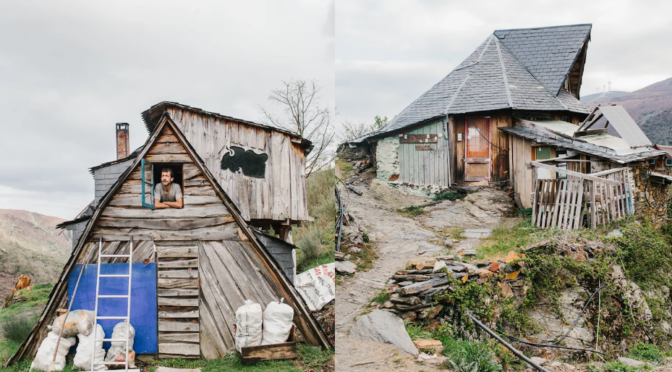Matavenro is an eco village set high in the mountains of North West Spain.
People who want to live harmoniously in nature have been living there since 1989. Photographer Kevin Faingnaert visited Matavenero in 2015 to photograph their way of life.
He spent a total of 3 weeks in Matavenero, which is actually one of many repopulated “ghost towns” in Europe.
The people who live there do not care for modern conveniences and strive to live a natural life.
In 1989 a group of German people looking for somewhere to live fixed up the village, they put up tents, cleared new paths and even introduced a canal to bring water in. As the years went by, word spread, and more like minded people came to live in Matavenero. Around 60 people call it home today.
A small schoolhouse is set up for the 12 children of the village, 4 hours school days consist of Math, writing and reading. There is a homeopathic doctor too. The communal gardens provide food, although some food is brought in from outside the village. The homes are all handmade from recyclable materials and built on the foundations of the old villages ruins.
“Everything brought in must be carried by donkey, horse, wheelbarrow, or on your back,” Faingnaert explains. “The only electricity is from renewable sources. All waste must be recycled or carried away back uphill. The same plastic bags appear over and over again.” In this way, Matavenero functions self-sufficiently in its mountainous hideaway.
While Faingnaert generally found people open and friendly, some older folks shied away from the newcomer and his camera. To earn their trust, he volunteered to do odd jobs—mopping the village bar, feeding the donkeys, helping dig a canal. There was no end to the chores. “My magnum opus was cleaning out and organizing the community library. The place was a real mess,” he says.
Matavenero does keep in touch with the outside world, The computer used mostly for teaching is available to anyone. Some people have cellphones although there is no reception unless you climb another mountain nearby. The town itself also has a Facebook and Twitter account, purely in hope to share its vision with the outside world. “They hope to inspire more people to live independently and ecological,” Faingnaert says. “They do not mind the occasional tourists, provided they are courteous.”

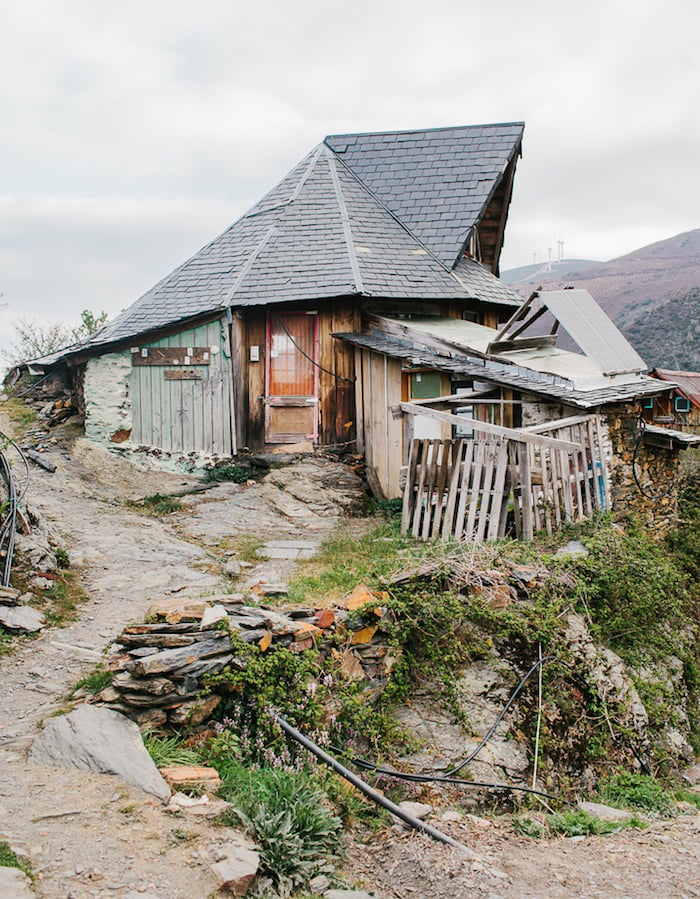

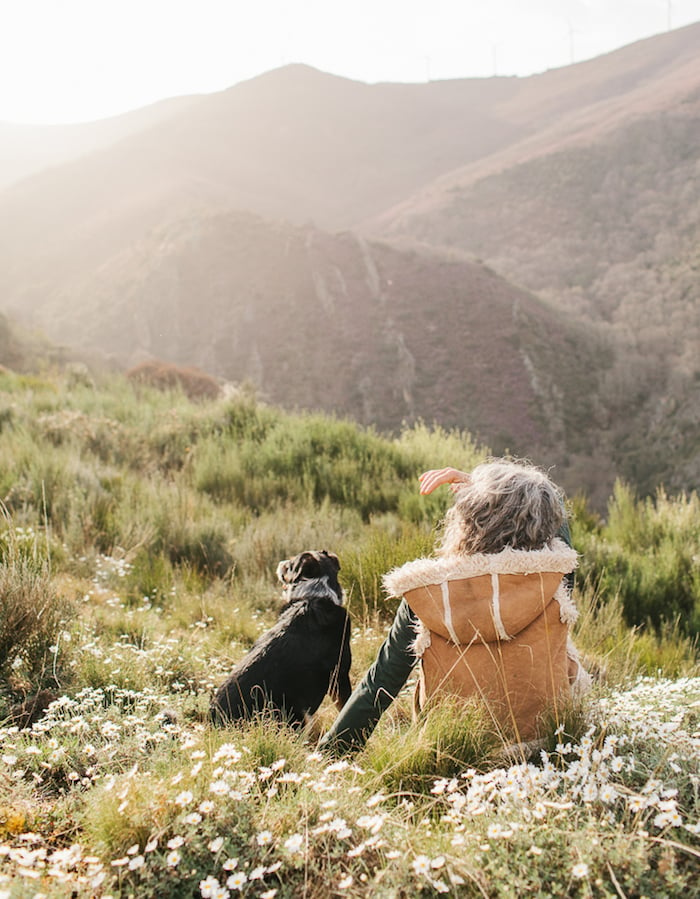
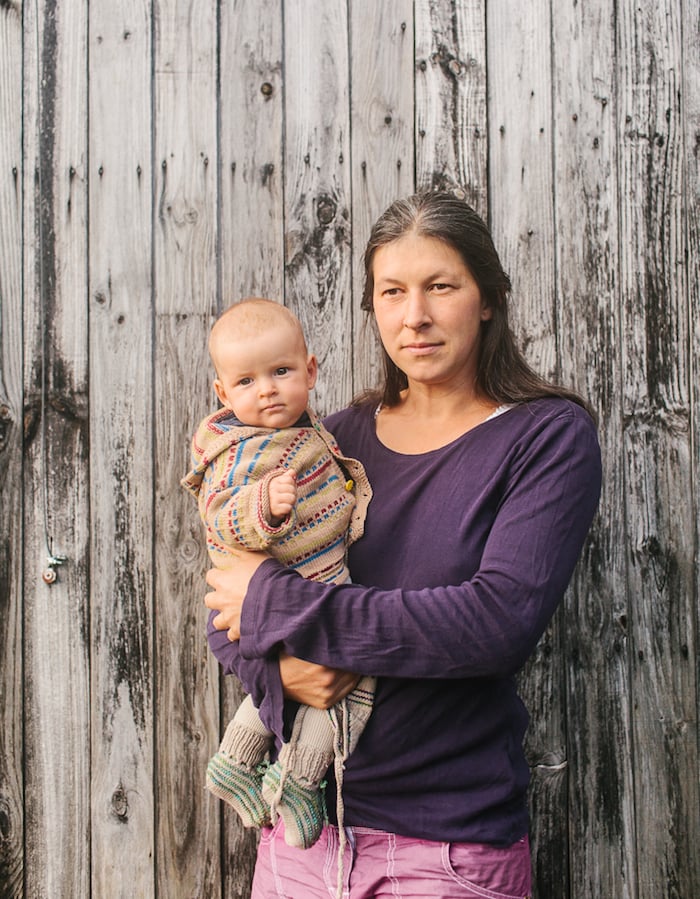
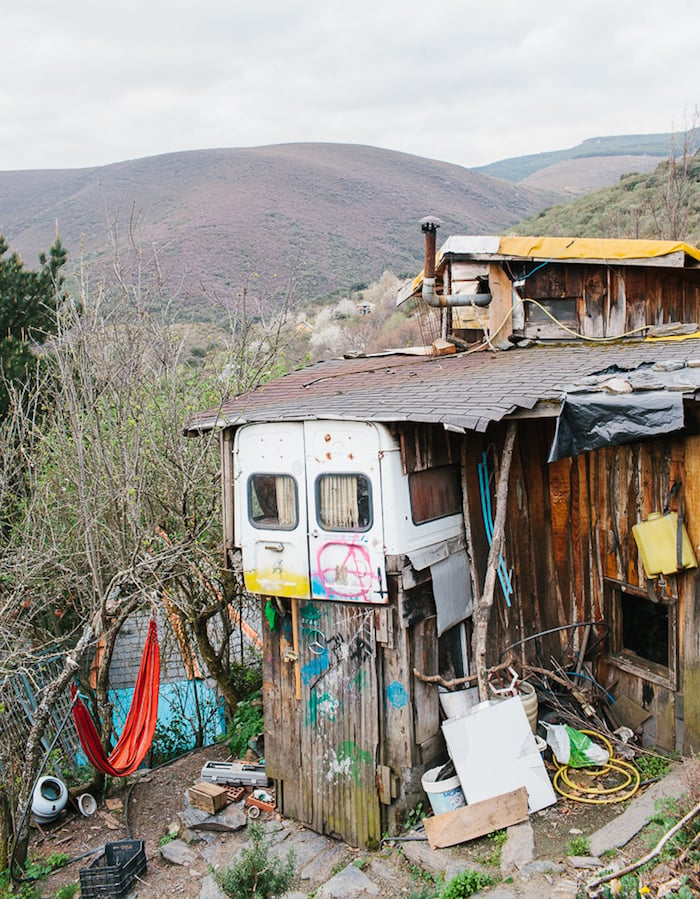




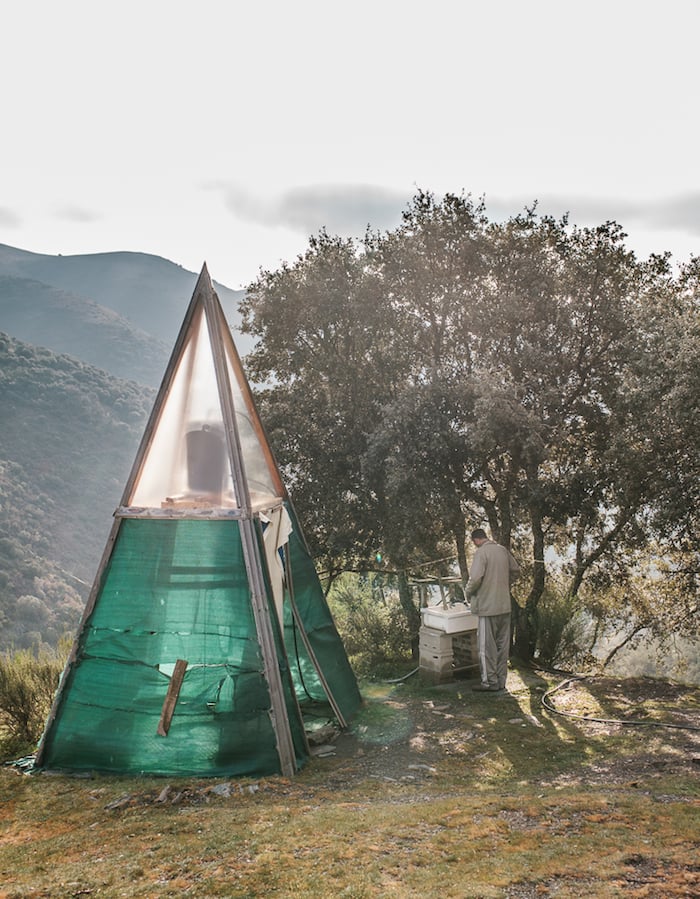


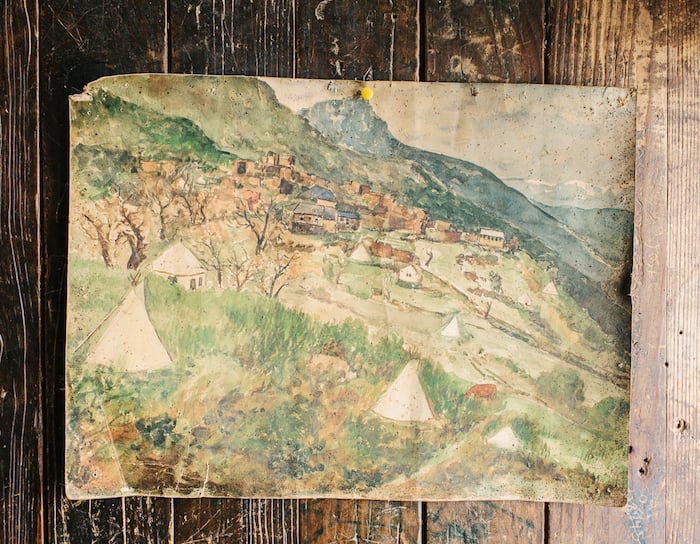


Sources: Ignati | Wired | American Photo Mag

